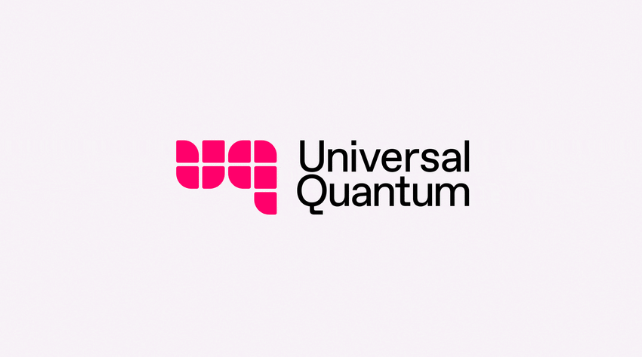Insider Brief
- Columbia University, backed by a $1 million NSF grant, is developing a quantum-based microscope (q-SNOM) to capture quantum coherence, allowing scientists to observe single photons and photon pairs with high precision—an achievement unattainable with conventional microscopes.
- The project includes Columbia’s interdisciplinary team and industry partners, such as Cryogenic Industries and RHK Technology, to advance the exploration of quantum materials and phenomena.
- Once completed, the q-SNOM will be housed at Columbia’s Nano Initiative, providing shared access to researchers across New York, including academic partners and industry, to study complex quantum systems and molecular structures at unprecedented resolutions.
PRESS RELEASE — Researchers worldwide are on the hunt to capture coherence, a unique and powerful feature of quantum mechanics in which individual particles like electrons or packets of light called photons sync up and behave as a larger whole. But observing such particles as they pair has been no easy feat with conventional microscopes based on classical physics principles. A quantum nano-scope is needed, and Columbia is preparing to build it.
With the support of a new $1 million Major Research Instrumentation Award from the National Science Foundation (NSF), a team led by Higgins Professor of Physics Dmitri Basov will develop a quantum scattering near-field optical microscope (q-SNOM) at Columbia.
Current SNOMs can resolve structures much smaller than wavelengths of visible light, which are relatively long, but the microscopes use classical photons that cannot capture the quantum nature of interactions between light and a material. Columbia’s quantum version will push spatial resolutions to observe just one photon at a time. This will allow researchers to work with the single photons and photon pairs that give rise to quantum coherence.

“We have already demonstrated the feasibility of many elements of this entirely novel concept, so now, with dedicated funding from the NSF, it is time to complete the project and make previously impossible inquiries into quantum materials,” said Basov.
Basov will collaborate on the project with co-principal investigators and fellow Columbia researchers Latha Venkataraman, Abhay Pasupathy, and James Schuck. The project is being led by Michael Dapolito, a graduate student working with Columbia’s Center on Programmable Quantum Materials. Over the summer, he was aided by undergraduate students taking part in the Columbia-Howard University Research Experience for Undergraduates summer program. The Columbia team will also work with government laboratories and industry partners, including Cryogenic Industries, Renaissance Scientific, and RHK Technology.
The team anticipates that the q-SNOM, which will be able to resolve subtle electronic properties in response to quantum light, will be valuable for scientists studying the properties of molecular systems, quantum emitters (also known as quantum dots), and on-chip correlated photon waveguides.
Once operational, the q-SNOM will be housed with the Columbia Nano Initiative (CNI) on Columbia’s Morningside campus. There, it will be available as a shared-use tool to Nano Initiative lab users from Columbia and around New York City, including those from academic partners like Stony Brook University and users from private industry.


















